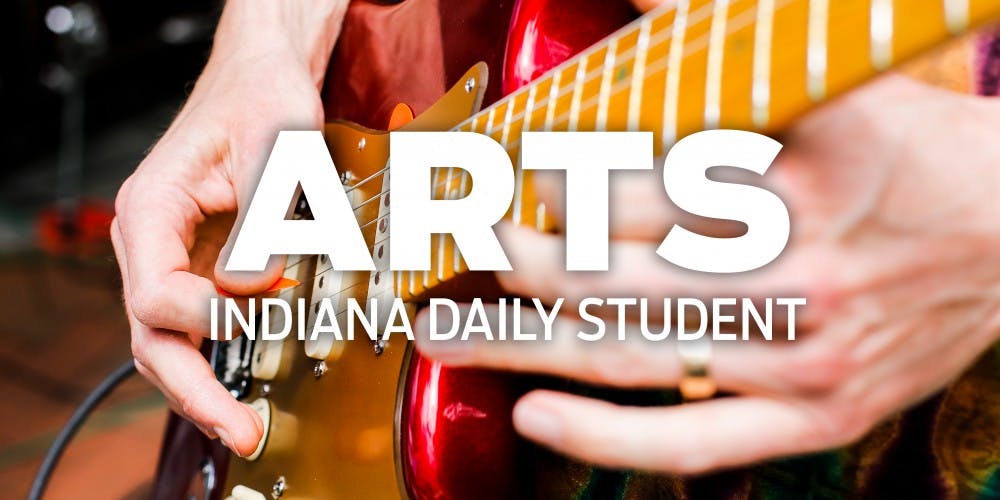In celebration of Women’s History Month, the Eskenazi Museum of Art planned a lecture for First Thursday, which worked to link ideas of women and power with the arts.
Tavy Aherne, the Eskenazi Museum of Art’s senior academic officer, took the audience on a tour of five different pieces of art. Aherne connected the pieces through different ideas and themes.
One common theme throughout the works of art was the respect women had in society. The first piece of art was the “Lidded Birch-Bark Box” created by Rose Kimewon Williams.
“She herself would create through these boxes and the training of other women and these boxes economic success for these women,” Aherne said
Aherne said Williams was Ottawa and Canadian. Williams created the birch-bark box as a way to revitalize her culture and promote themselves as powerful and creative. Birch-bark was a fundamental material used for canoes, housing, cooking and storage in the community.
Along with creating economic success for the women around her, Aherne said Williams also used her economics to help children in the community as well.
“She was fundamental in this idea of co-opting the power, the agency, of rewriting your own history, your own identity,” Aherne said.
While Williams helped her community by teaching them to make artistic boxes, Aherne said based on one’s class standing in the South Pacific, a male priest would make a weaving peg for a woman. Weaving was considered a sacred art.
“This woman weaver actually would have been trained in a house of learning,” Aherne said. “She would have undergone initiation and specific ceremonies.”
This idea of a woman’s society and training was also seen in the Sande Society in West Africa. Aherne said the Sande Society was a preparation for women to go into their future and adulthood.
The only public aspect of the society was shown through the masks that others occasionally saw. Aherne said the masks would come out during special political events of initiation. The mask highlighted the women’s beauty both morally and physically.
“It’s rather like a fraternity or sorority where you have membership that separates the us from them,” Aherne said. “Where knowledge within that society is secret and not shared with outsiders.”
Aherne said Sande elders were the people the women of the community looked up to. They would teach young women about societal relationships and how to associate with men. Since women and men worked together the Sande elders were complementary to the male association Poro.
“Women are seen as the height of civilization and the height of beauty,” Aherne said.
Freshman studying journalism Jessica Prucha experienced Aherne’s “Women, Power and the Arts” talk with a couple of friends. She said she wanted to come to the event because she was inspired that it was for Women’s History Month.
“I thought it was really interesting to see the comparison between the women in the societies involving this art and modern day society,” Prucha said. “I was just inspired by how valued they were and their interactions and involvement in society.”






